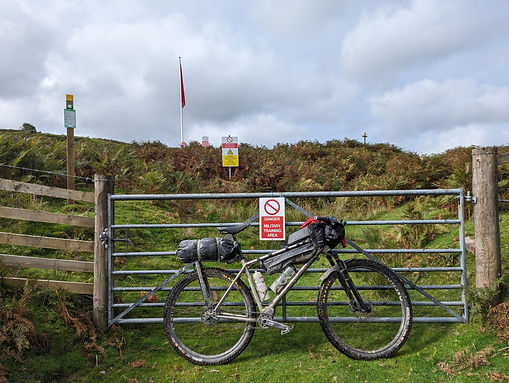top of page
Bikepacking
Hi Folks
As many of you know I’ve been engaging in some bikepacking in my spare time. I’ve found it a lovely way to travel through the country. It’s very similar to backpacking but you have to push a bike up the hills!
I find it easier on my legs and it means I can travel further. I’m getting to parts of the country that I never visited as climber too.
I have written a book about my adventures and it’d be lovely of you could purchase that from my shop. Other wise there’s quite a lot of free resources on the sub pages of this one.
-
The best bike for bikepacking is the one you already own. This essay is about the ‘how to’ and what kit to you might need to think about.
-
The Welsh 550/Cylchdaith Cymru – introduction and GPX files
-

bottom of page
